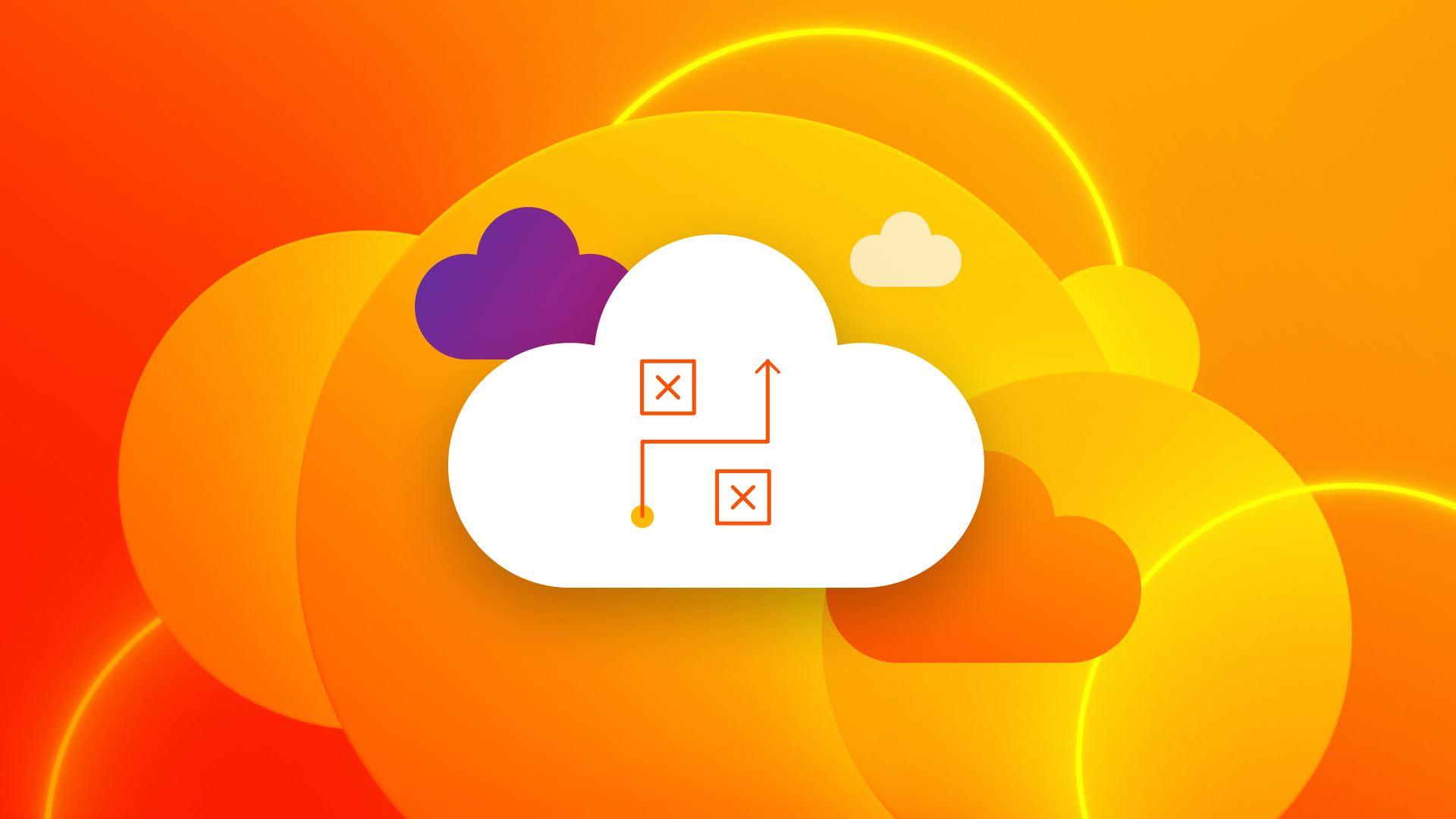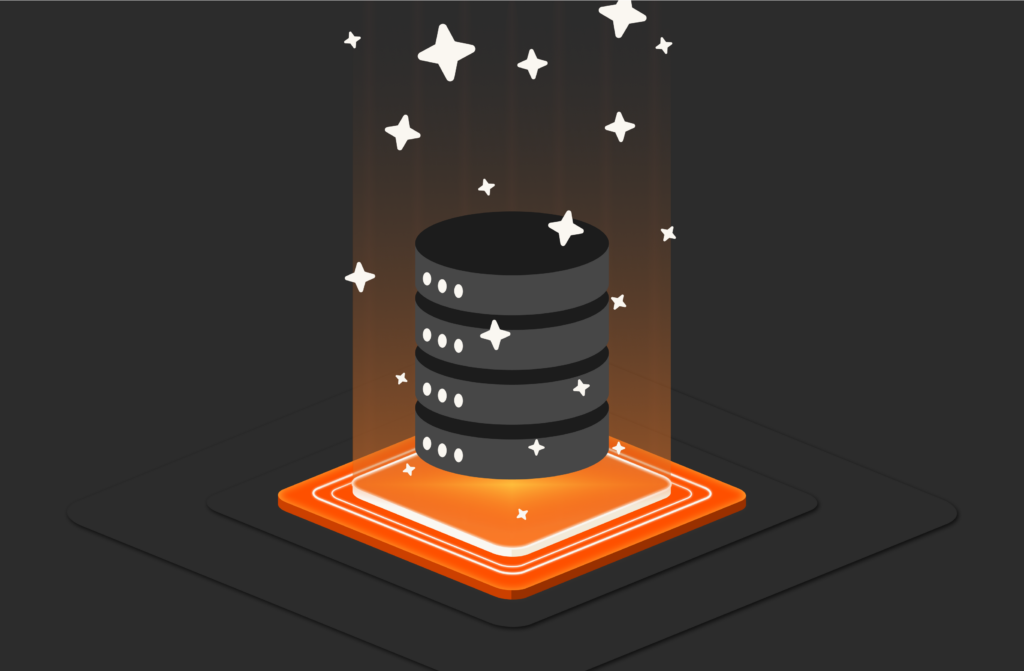Most of the customers I speak with today are dealing with two distinct yet related challenges. First, they’re having to store, manage, and make sense of more data than ever before. Second, they have more options than ever before to do this.
Applications and their data are now residing in multiple locations—from customers’ on-premises data centers to edge locations, and hyperscale public clouds such as Microsoft’s Azure, Amazon Web Services, or Google Cloud Platform. This means customers are rapidly adopting multicloud strategies, which can deliver significant benefits around flexibility and agility. But they can also create new data management challenges.
Here are five critical steps to help you successfully implement your own cost-optimized and easy-to-manage multicloud data management strategy.
1) Go in with a plan. Many organizations lack a well-defined way to manage their data across heterogeneous environments. Some may even take a one-size-fits-all approach, starting with a single cloud and applying that same methodology enterprise-wide. The risks of this shortcut are limited collaboration, governance concerns, and integration challenges.
Becoming a cloud-driven organization doesn’t end once you’ve amassed all the best cloud environments. It’s a journey, not an end-state. A clear strategy is absolutely key for adoption and evolution of your cloud environments. Consider interoperability and flexibility, which will help you be more strategic with resources and ultimately lead to better multicloud ROI.
Get more in-depth strategy tips with The Secret to an Effective Multicloud Strategy Is … A Strategy.
2) Nail down a master data management strategy. In a multicloud environment, the complexity of data management can escalate exponentially. Without a clear plan, organizations often duplicate data, which can lead to waste and overspend. A data management strategy can consolidate and simplify data and workload portability. This can help inform the way you ingest, process, store, and analyze data from multiple locations—on-premises, across multiple clouds, or from a range of endpoints.
A central, unified data architecture can greatly reduce data management complexities. Centralized storage management will ideally include an operating environment that works seamlessly on-premises and in cloud environments.
3) Select a storage solution that runs seamlessly across hybrid and multicloud environments. The ability to migrate data and applications between data domains is essential. However, on-premises and cloud environments are very different and don’t always speak the same language. The same can be said for different cloud environments. The resulting data silos can create management and efficiency challenges that can lead to friction and limited collaboration in a broad range of use cases.
To break down silos and get seamless data mobility, your operating environment should have a software defined storage solution that enables you to create a common infrastructure with a unified data plane. Non-negotiables include consistent APIs and an efficiency guarantee in writing depending on workload.
4) Consider how you’ll control waste and spend at the outset. According to a recent survey conducted for Pure Storage by Spiceworks Ziff-Davis, IT executives say cost efficiency is a top reason to stay on-prem. Data repatriation to on-premises is common, and regress charges are a major pain point for any cloud deployment. This challenge grows as cloud use increases.
Don’t let waste and overspend eclipse the tangible benefits of going multicloud. Ensure that your operating environment has best-in-class storage efficiency, thin provisioning, deduplication, and data compression. Leverage advanced analytics and AI-powered monitoring where possible to get better visibility into your clouds—especially as you adopt more services.
An excellent way to augment efforts to reduce bloat: opt for storage as a service to remove the need to forecast and overprovision storage and only pay for what you use.
Get more tips on how to Get a Handle on Multicloud Waste and Spend—For Good.
5) Incorporate compliance and data sovereignty requirements. Using more than one cloud for data and analytics can make data management, governance, and integration even trickier. This is often driven by corporate compliance requirements, which are also sometimes government-mandated.
For example, if your company is global or in the process of expansion, you’ll likely require new disaster recovery (DR) zones in multiple regions. These often need to meet strict data governance regulations such as the General Data Protection Regulation (GDPR). This would mean certain data, including customer information or personally identifiable information, cannot leave the region.
One solution: Cloud-based backups in multiple high-availability zones (AZs) that reside on different tectonic plates and flood zones in the event of a disaster. In terms of multicloud data recovery plans, look for a storage solution with continuous, asynchronous replication to meet your recovery point objectives (RPOs) and recovery time objectives (RTOs) with enough margin.
“We manage sensitive recruiting data that needs to be tightly protected to meet GDPR and SOC 2 compliance. We can easily maintain compliance using Pure Cloud Block Store on AWS because we can enable DR within geographic limits of data governance without needing to deploy full data centers for each. This is key.” – Ryan Nunes, Enterprise Systems Architect, Bullhorn
What’s the Best Way Forward?
To fully embrace multicloud and create a strategy to manage this complex new world:
- Don’t start with a single cloud and try to apply the same methodology to the whole enterprise. This can limit ROI and weaken business outcomes. You may risk ending up with a proliferation of silos and an opaque view of data assets across the organization.
- Do embrace the multicloud world order with a plan. You’ll increase opportunities for data synergies and cost optimization without limiting accessibility or creating silos.
Once you’ve fleshed out your multicloud strategy, make sure you have the right solutions to support it. You’ll need a data storage solution that provides seamless data mobility, resilience, and a consistent experience—no matter where your data lives.
How Pure Can Help You Achieve Multicloud Nirvana
Pure Storage® Cloud Block Store™ is a state-of-the-art, software-defined block storage solution, with industry-leading data efficiency. And it ticks all the boxes for powering your multicloud strategy.
Pure Cloud Block Store:
- Abstracts applications and data from their underlying hardware. This enables data mobility between on-premises and cloud environments.
- Provides high availability and resiliency within an AZ or between multiple AZs in different regions while maintaining a consistent user experience.
- Keeps data replicas in sync with master data sets.
- Maintains data integrity with always-on encryption.
- Works collaboratively and integrates with leading cloud service providers (CSPs) to address your diverse and ever-changing needs.
The Pure architecture and products make implementing your multicloud strategy easy. Even so, there may be challenges due to your legacy environment. Those challenges could be related to both technical and business areas. To overcome those challenges, Pure offers a structured Multicloud Strategy Workshop. Our experts will collaborate with your team to implement the discovery, total cost analysis, and planning phases of developing a multicloud strategy. The workshop will get you started quickly on the right footing.
To take advantage of the many benefits of a multicloud world, you’ll want the best infrastructure options in place. You may also want to work directly with Pure experts to fully optimize your infrastructure. Then, you’ll be able to gain true agility and elasticity across complex cloud environments—and the competitive advantage from your organization’s most valuable asset: data
To learn more, visit Pure Cloud Block Store.
![]()




